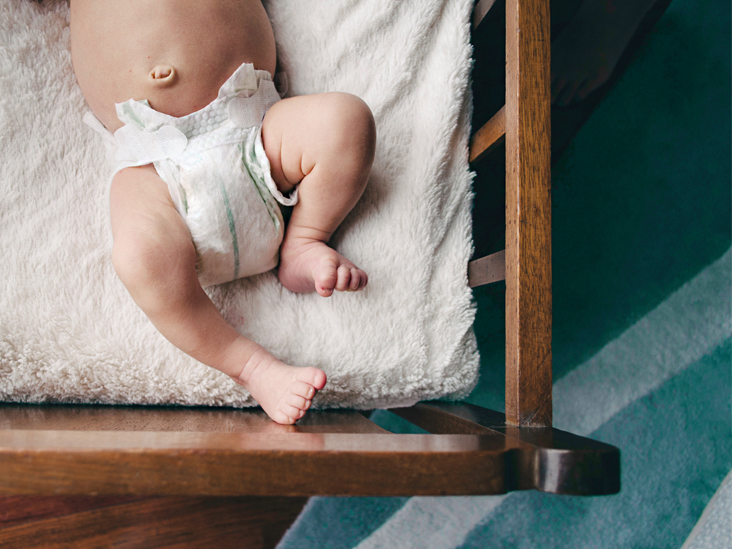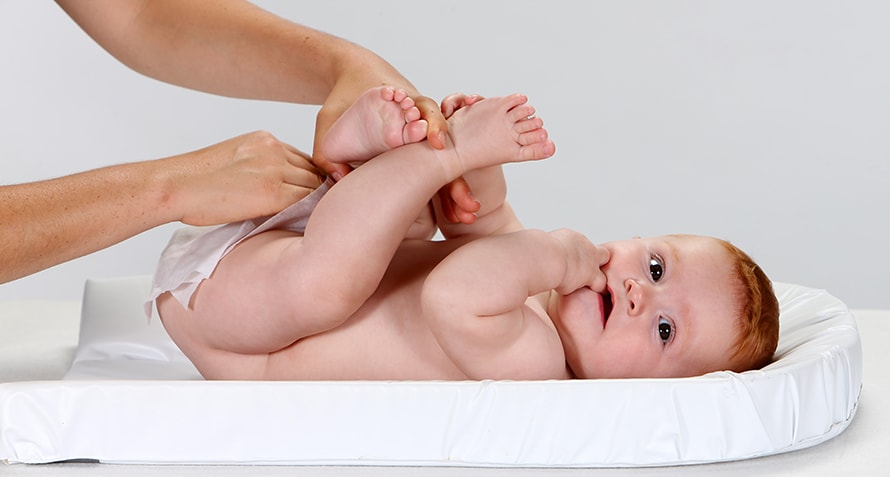When you have children, your life’s purpose is irrevocably transformed. Because of this shift in focus, you are no longer the center of attention in your own life. It makes sense. You now have a Human who is fully reliant on you. To keep things moving smoothly, you’ll need to put out your best effort. At the same time, you build the basis for your child’s future from birth.
As a result, you’ll need to prepare for every move you make carefully. Diapers are an integral element of any infant’s story. Diapers are required for the first few years of a child’s life. You’ll need to adjust the sizes as the youngster grows. As a result, we’d want to talk about how you can see these tiny changes that are so important to your child.
However, it is important to note that your kid must be comfortable while wearing these goods. You’ll want to be certain that the ones you’ve chosen are comfortable. In this blog article review, you’ll learn how to know when to size up diapers.
How to Know When to Size up Diapers
It is normal for a baby to have occasional accidents with pee or poop, but if they happen more frequently, the diaper size may not be appropriate for your child! When it comes to diaper mishaps in the first few years of a baby’s life, the most common culprit is a diaper that doesn’t fit properly. To assist you in determining whether or not you’ve got the right size, here are some things to look for:
Leaks
Leaks are the first and most obvious sign that diapers need to be increased in size. Witnessing blowouts, on the other hand, is a significant indicator. Unfortunately, many people believe they have made a blunder by purchasing the wrong diapers.
The problem is that this isn’t what they should be focusing on. Instead, they should focus on whether the diaper they are using is the correct size for their baby. If the diaper is too big, you’ll be able to tell right away. When it’s too small, it’s a problem.
Eventually, your baby will make a mess that you can’t clean up. There is a good chance you do not wish to see it spill out of them. The mess would get even worse if that were the case. There is only one way to fix this issue: buy a larger diaper. In the end, there’s nothing else you can do to avoid it.
Red marks
You can tell if your baby’s diapers are too tight by the red marks on their thighs. Even though the diaper’s leg elastic should be able to stretch, a too-small diaper will not do so and leave these red marks. It’s time to get a bigger size of diapers now.
Pulling at the sides
You know your diaper is too small if it rides up her hips or gathers at the crotch. It should fit her hips without pulling upward in a bikini underwear manner.
Waist size check
Your baby may need a bigger diaper when the tabs on their pants don’t stay connected when you put them on. A diaper should be able to be fastened without the need to yank and pull at it. Also, keep in mind the rise of disposable diapers. You should be able to see just below your baby’s belly button with a properly fitted diaper. It’s time to move up if it fits more like a low rise.
Tabs not working
It is too small if the tabs do not reach the center of the front of the diaper about halfway. This rule applies if the skin is touched by the diaper’s elastic tabs that are too small. It’s also crucial to remember that different brands and designs will have varying degrees of comfort. If you’re not brand loyal, you may have to go up a size in one brand before going up in another.
See instructions on the box
When a child’s weight is approaching the upper limit of a diaper’s weight range (for example, a 16-pound baby in a diaper size for 12- to 18-pound babies), it may be time to consider a change.
Since average-sized babies don’t all have the same body types, the weight limits don’t apply to all babies. With some diaper sizes, my daughter was forced to upgrade well before the weight limit on the box, but with other sizes (such as her current size 4), she’s a pound or two over the limit, yet they still fit. Find the best fit for your children by experimenting with different sizes.
Bum coverage
Are your baby’s buttocks well-protected in the diaper, or can you tell that the diaper isn’t providing the same level of protection as it used to? If you notice that your baby’s bottom isn’t completely covered, it’s time to go up. If the diaper is too small, it may not be able to hold your baby’s waste properly, which is its primary function.

Why Is It Essential to Buy the Correct Sized Diaper?
Contrary to popular belief, the weight of a baby is the most important consideration when purchasing diapers, not their age. Blowouts, rashes, leakages, and other problems can occur if the diaper is not the correct size, which can be extremely inconvenient for the baby and the parent.
In the same way that babies are born with different birth weights and sizes, the diaper requirements for babies will also be based on that of parents. Typically, there are five sizes: newborn, small, medium, large, and extra-large.
The wrong diaper size can be extremely upsetting for the child. Therefore, if you want to keep your house poop and pee free and make your baby feel comfortable and happy, you need to choose the correct diaper size for your child.
Conclusion
This article demonstrates how to know when to size up diapers. You should be able to detect when your baby is ready for a new diaper size if you pay attention. Finding the time to devote to these activities might be challenging with everything else on your plate. Here are a few of the most important, which should give you a decent indication of what to do next:








